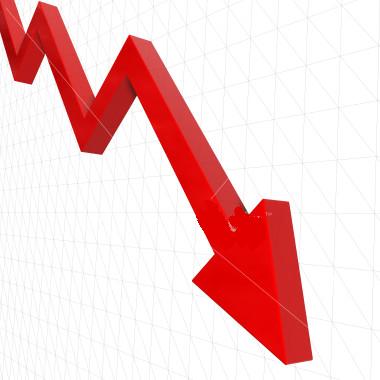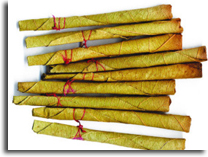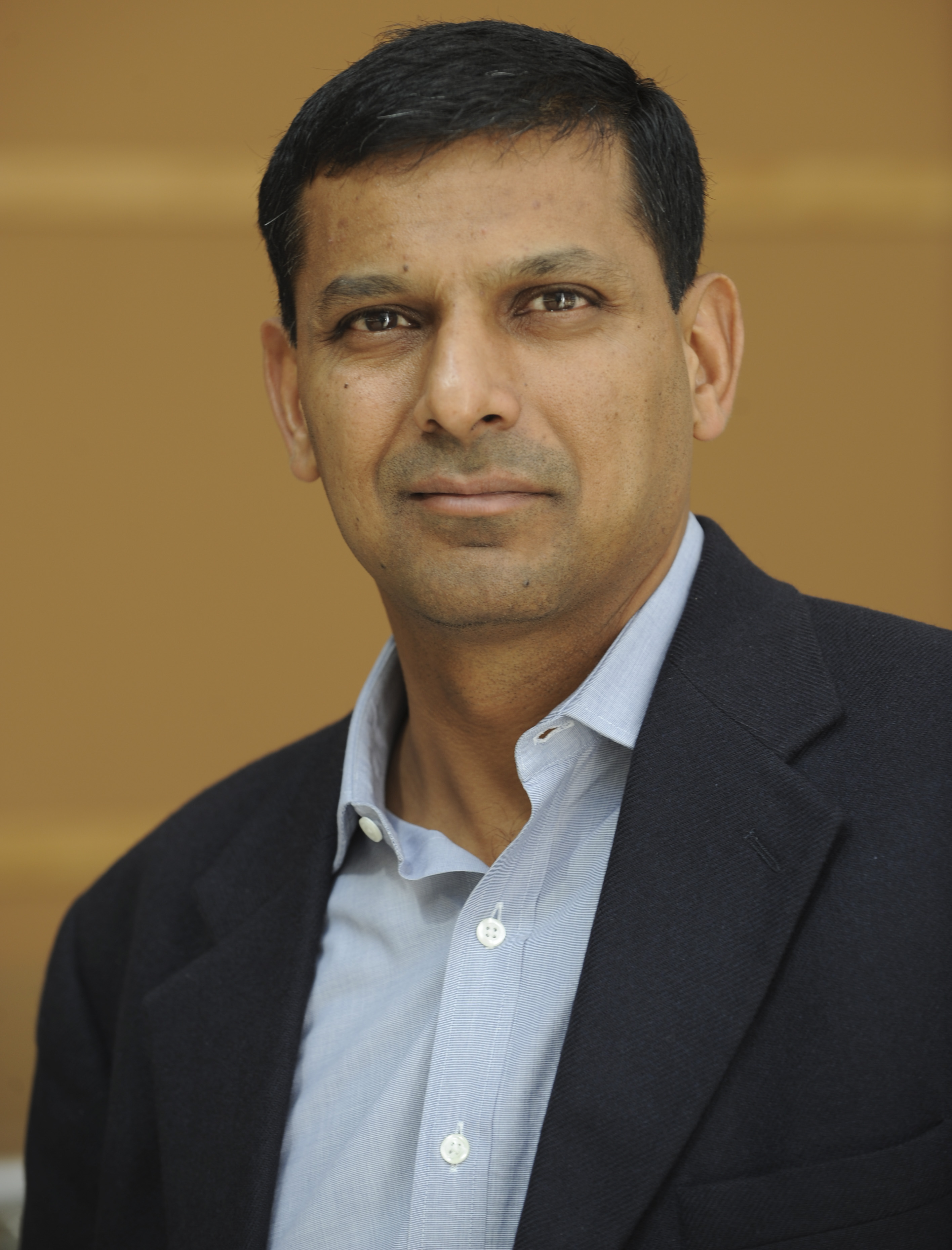India has largely been a centrally planned economy since independence. The central planning increased dramatically in the second term of the previous United Progressive Alliance (UPA) government.
This led to a situation where India’s economy grew at greater than 8% in the aftermath of the financial crisis, when economic growth was collapsing all around the world. But this extra central planning has created many problems for the Indian economy since then.
As Bill Bonner writes in Hormegeddon—How Too Much Of a Good Thing Leads to Disaster, “Central planning can do a good job of imitating real progress at least in the short run.” And that is what precisely what happened in India, in the aftermath of the financial crisis.
The government expenditure exploded. In 2007-2008, the total government expenditure stood at Rs 7,12,671 crore. This doubled to Rs 14,10,372 crore by 2012-2013. This increased spending by the government landed up as income in the hands of the citizens, and they in turn spend the money. And this ensured that the Indian economy kept growing at a fast pace though economic growth was slowing down world over.
A substantial amount of this increased government spending was directly distributed to citizens through schemes like Mahatma Gandhi National Rural Employment Guarantee Scheme. The minimum support price offered on rice and wheat was also increased much more than was the case in the past.
This led to rural income growing at a faster rate than it had in the past. Initially, it did not matter. But as time passed this increased income translated into high inflation, particularly high food inflation.
Further, the trouble was that the government wasn’t earning all this money that it was spending. Between 2007-2008 and 2012-2013, the total income of the government did not go up at the same pace as its expenditure (it went up by around 57%), and the government borrowed more to make up for the difference.
The fiscal deficit in 2007-2008 was Rs 1,26,912 crore. This shot up by 286% to Rs 4,90,190 crore by 2012-2013. Fiscal deficit is the difference between what a government earns and what it spends. And the government makes up for the difference through increased borrowing.
This increased borrowing by the government crowded out other borrowers, that is, there wasn’t enough left on the table for other borrowers to borrow. This meant banks had to offer higher rates of interest to attract deposits. This pushed up interest rates at which they loaned out money as well.
Also, to control the high inflation, the Reserve Bank had to push up the repo rate, or the rate at which it lends to banks. Further, during the good years, the corporates loaded up on debt, borrowing much more than they could ever repay. A major portion these loans were taken by crony capitalists from public sector banks.
All these reasons led to what analysts call the “India growth story” coming to an end. High inflation forced people to cut down on spending as incomes did not keep pace with expenditure. Economic growth fell to around 5% from double digit levels and that is where it has stayed for a while now.
It was widely expected that with Narendra Modi taking over as the prime minister, the Indian economy will start seeing acche din soon. But that hasn’t happened. For the three month period July to September 2014, the economic growth, as measured by the growth in the gross domestic product (GDP), was at 5.3%. During the period April to June 2014 the economy had grown at 5.7%.
The financing, insurance, real estate and business services sector which formed a little over 22% of the GDP during the period, grew by an impressive 9.5%. But other sectors did not do so well.
Agriculture which formed around 10.8% of the total GDP during the quarter grew by 3.2%. It had grown by 5% during the same period last year. Manufacturing which formed around 14.6% of the total GDP during the quarter was more or less flat at 0.1%. In fact, the size of manufacturing sector has fallen by 1.4% in comparison to the period between April and June 2014.
What this tells us clearly is that sustainable economic growth cannot be created by the government giving away money to citizens and then hoping that they spend it and create economic growth. For sustainable economic growth to happen a country needs to produce things. As the Say’s Law states “A product is no sooner created, than it, from that instant, affords a market for other products to the full extent of its own value.” The law essentially states that the production of goods ensures that the workers and suppliers of these goods are paid enough for them to be able to buy all the other goods that are being produced. A pithier version of this law is, “Supply creates its own demand.”
In an Indian context this is even more important given that nearly 60% of the population remains dependent on directly or indirectly dependent on agriculture, even though agriculture now forms a minor part of the overall economy. What this tells us is that the sector has many more people than it should. Hence, people need to be moved from agriculture to other sectors like manufacturing. And for that to happen jobs need to be created in these sectors.
The government recently launched the Make in India programme to create jobs in the manufacturing sector. But just launching the programme is not good enough. For companies to make products in India a lot of other things need to be provided. They need access to electricity all the time and for that to happen we need to sort out the mess our coal sector is in. The physical infrastructure of roads, railways and ports needs to improve. The ease of doing business needs to go up considerably and so on.
As Daron Acemoglu and James A. Robinson write in Why Nations Fail—The Origins of Power, Prosperity and Poverty regarding the industrial revolution that happened in Great Britain in the 19th century: “The English state aggressively…worked to promote domestic industry…by removing barriers to the expansion of industrial activity.” Similar barriers need to be removed in India as well. Also, entrepreneurs need to be confident that their contracts and property rights will be respected.
These things are easier said than done. What makes the scenario even more difficult in the Indian case is that Indian businessmen who operate in the infrastructure sector are not the most honest people going around. Raghuram Rajan, the governor of the Reserve Bank of India, more or less hinted at it in a recent speech.
As he said “The amount recovered from cases decided in 2013-14 under DRTs (debt recovery tribunals) was Rs. 30,590 crore while the outstanding value of debt sought to be recovered was a huge Rs. 2,36,600 crore. Thus recovery was only 13% of the amount at stake. Worse, even though the law indicates that cases before the DRT should be disposed off in 6 months, only about a fourth of the cases pending at the beginning of the year are disposed off during the year – suggesting a four year wait even if the tribunals focus only on old cases.”
If incumbent businessmen do not repay their loans and then banks cannot recover those loans, banks will not lend or charge a higher rate of interest when they lend. And this does not help the businessmen currently looking to expand their businesses by borrowing.
To conclude, there is a lot that the government needs to do to get economic growth up and running again. The only action that one has seen from the government until now is demanding that the RBI cuts the repo rate. Now only if creating economic growth was simply about cutting interest rates.
The article appeared originally on www.FirstBiz.com on Nov 29, 2014
(Vivek Kaul is the author of the Easy Money trilogy. He tweets @kaul_vivek)




